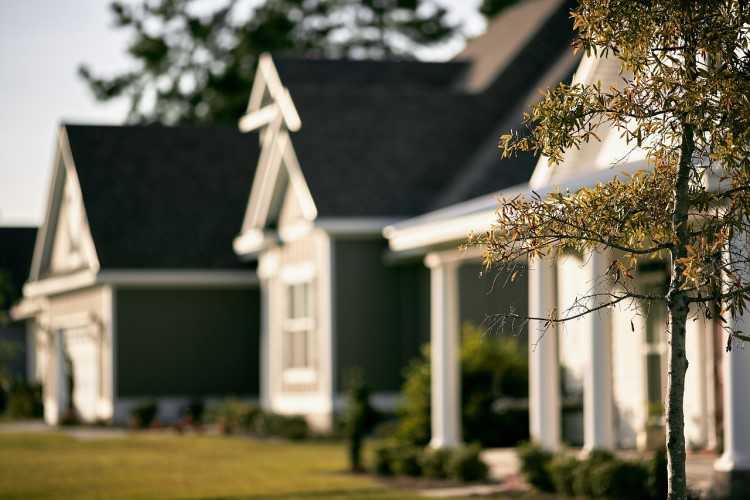
Experts from the Australian Housing and Urban Research Institute (AHURI) believe reforming negative gearing policies would be able to save the federal government $1.7bn, without taking its toll on mum and dad investors.
The report, entitled The income tax treatment of housing assets: an assessment of proposed reform arrangements, proposes a new model which reallocates tax deductions from wealthier investors and gives them instead to investors with smaller portfolios.
"Combined with changes to capital gains tax, reforming negative gearing could make the Australian housing market more sustainable and equitable," said the authors in a piece written for The Conversation.
The current negative gearing policy allows investors to claim a tax deduction if their rental income is less than their expenses. According to AHURI calculations, this policy has cost the federal government roughly $3.04bn in 2013-2014.
The AHURI report posits that negative gearing and capital gains tax discount to reward housing investors taking on debt, potentially making the market less stable and pushing first home buyers away.
While many believe that changing negative gearing policy would harm the financial well-being of small-time investors, the authors said there could be a way for the government to cushion the blow for investors in the lower income bracket.
"In our example, investors in the bottom half of the income and property distributions could be allowed to claim tax deductions for all allowable rental expenses. Those in the 51st–75th income percentiles could deduct 50% of those expenses, while negative gearing would be eliminated for those in the top 25% of incomes," the authors said, noting that this would help the government save 57.3% of the current cost of negative gearing.
The authors stressed that this would make it less likely for smaller investors to withdraw from the rental market and mitigate the impact of the reform on renters.
Meanwhile, the AHURI report also outlined alternative capital gains tax scenarios that focused on reducing the discount and increasing the tax payable on net capital gains – making higher income earners pay more capital gains tax.
"This would reduce the difference between the tax payable by higher and lower income rental investors, and therefore reduce inequities in the current system," the authors said, adding that the benefits of negative gearing are skewed towards more affluent investors in middle age and in full-time employment.
These changes would, at least on paper, create a more equitable and sustainable housing market. However, the authors warned that any changes need to be done and communicated to investors in a controlled way, limiting the risk of shock to the market should they decide to exit.
"Policymakers have been reluctant to change the fundamental settings of the tax system, but our modelling shows it can be done in a way that limits the impact on poorer investors," the report said.
Related Stories:
What’s the future of negative gearing under Labor?
How building more houses can solve Australia’s affordability crisis
Collections: Mortgage News



Share